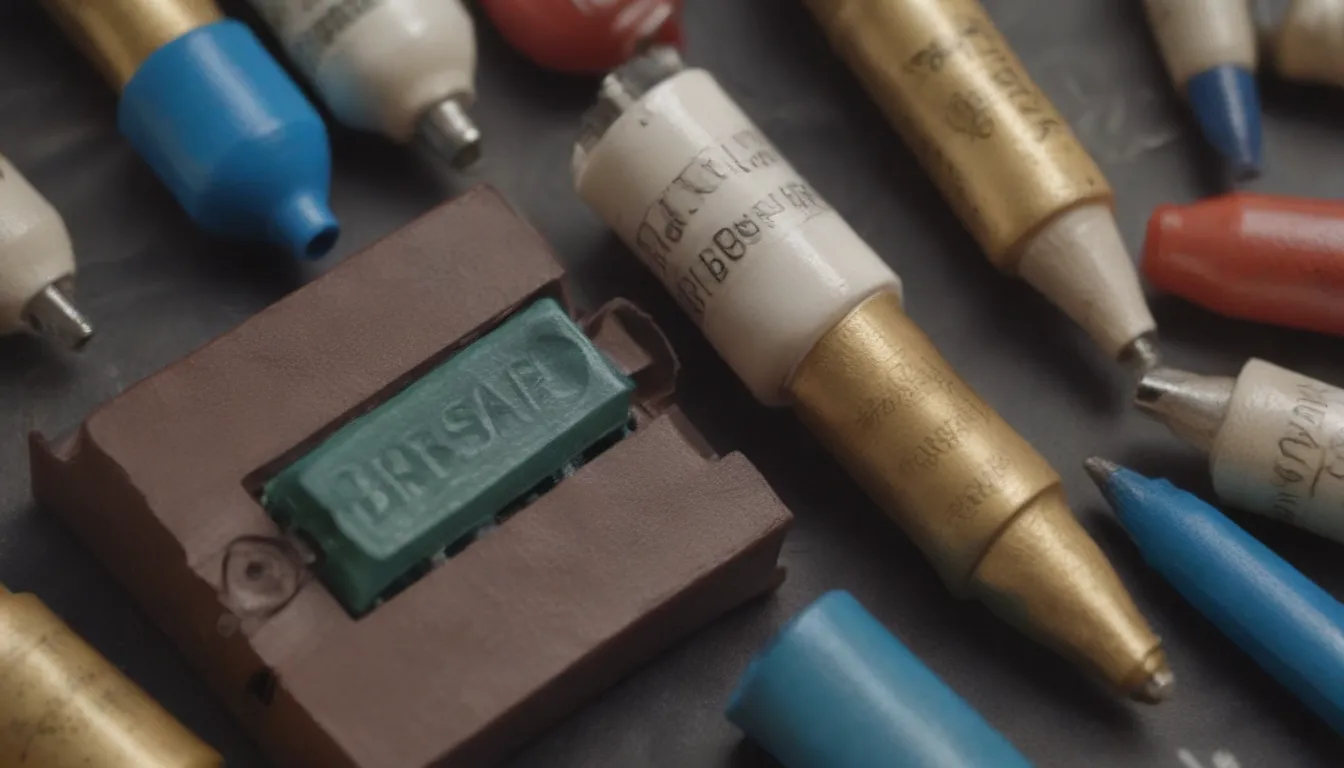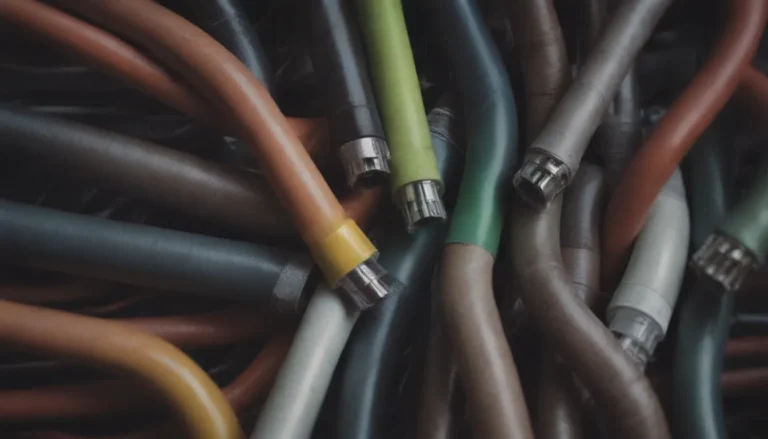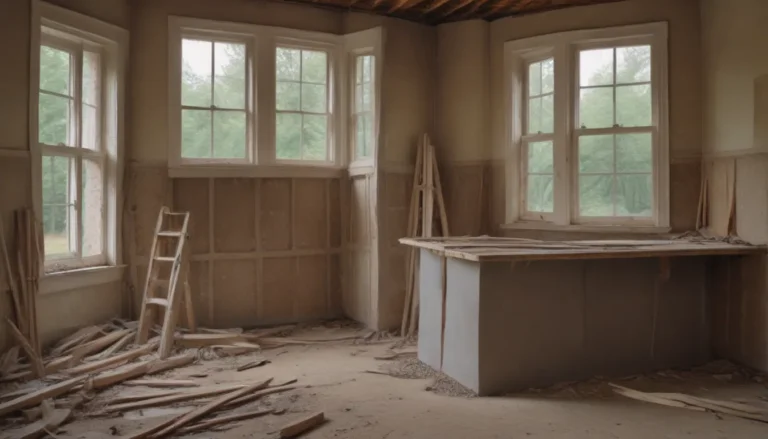Understanding Blown Fuses: What You Need to Know

If you’ve ever experienced a sudden loss of power in your home, chances are you may have encountered a blown fuse. But what exactly happens when a fuse blows, and how can you address this issue? In this in-depth guide, we’ll delve into the world of electrical fuses, exploring the causes of blown fuses, different types of fuses, warning signs to look out for, and steps to take when you encounter this problem. By the end of this article, you’ll be equipped with the knowledge to tackle blown fuses with confidence.
Exploring the Concept of Blown Fuses
A fuse plays a crucial role in an electrical circuit by regulating the flow of current. When a fuse is subjected to excessive current, it can blow, disrupting the circuit and causing a loss of power. In older homes, fuses are commonly used to protect electrical circuits. When a fuse blows, it must be replaced to restore functionality. Let’s explore the various aspects of blown fuses in more detail.
Understanding the Anatomy of a Fuse
A fuse consists of a glass tube with a thin piece of wire, known as a ribbon, inside. This ribbon is designed to handle a specific amount of current. When the current exceeds this threshold, the ribbon melts, causing the fuse to blow. You can identify a blown fuse by examining the glass window, where you may see the melted ribbon or cloudiness.
Types of Fuses
In older electrical systems, two types of fuses are used to control circuits:
– Screw-in fuses for 120-volt circuits
– Cartridge fuses for 240-volt circuits
Fuses are sized to match the gauge of the circuit wires, preventing circuit overloads and ensuring safety. It’s crucial to use the correct fuse sizes to avoid potential fire hazards.
Common Causes of Blown Fuses
There are two primary causes of blown fuses:
– Overload: When the circuit draws more current than the fuse can handle.
– Short circuit: A direct connection between two points in the circuit, causing a surge of current.
In addition to these common causes, other factors such as ground faults, arc faults, circuit issues, and damaged outlets or wiring can also lead to blown fuses.
Identifying a Blown Fuse
When examining a blown fuse, you may observe:
– Melted ribbon behind the glass window
– Metallic smear inside the glass tube
– Fog or cloudiness in the window
These visual cues can indicate a blown fuse, prompting the need for replacement to restore power.
Dealing with Blown Fuses: Steps to Take
When you encounter a blown fuse in your home, it’s essential to follow these steps to address the issue effectively:
- Diagnose the Short Circuit: Begin by unplugging lamps and appliances to determine the source of the short circuit.
- Replace the Blown Fuse: Once you locate the blown fuse, replace it with the same type to restore power.
- Persistent Issues: If the fuse continues to blow after replacement, there may be underlying wiring problems. Consult a professional electrician for assistance.
Knowing When to Seek Professional Help
Faulty electrical wiring and recurrent blown fuses pose safety risks and should be addressed promptly by a licensed electrician. If you’re unsure about the safety of your electrical system or encounter persistent issues with blown fuses, it’s best to seek professional help. Older homes, in particular, may require thorough inspections to ensure electrical safety.
Conclusion
In conclusion, understanding the causes and implications of blown fuses is crucial for maintaining a safe and functional electrical system in your home. By familiarizing yourself with the signs of a blown fuse and taking appropriate measures to address the issue, you can ensure the continued operation of your electrical circuits. Remember to prioritize safety and consult experts when needed to address electrical concerns effectively.
For more information on electrical safety and maintenance, refer to reputable sources such as the National Fire Protection Association. Stay informed and proactive in maintaining a secure electrical environment in your home.
References:
– Aronstein, Jesse, and David W. Carrier. Molded Case Circuit Breakers – Some Holes in the Electrical Safety Net. IEEE Access, vol. 6, 2018, pp. 10062–68. doi:10.1109/ACCESS.2018.2803298
– Home Electrical Fires. National Fire Protection Association.





